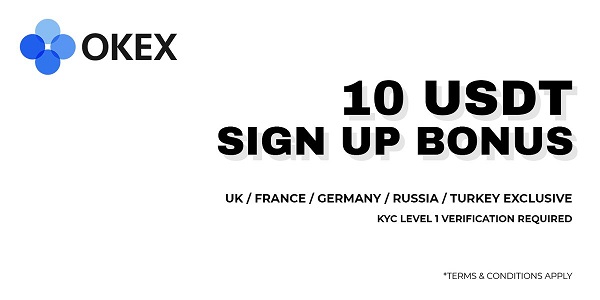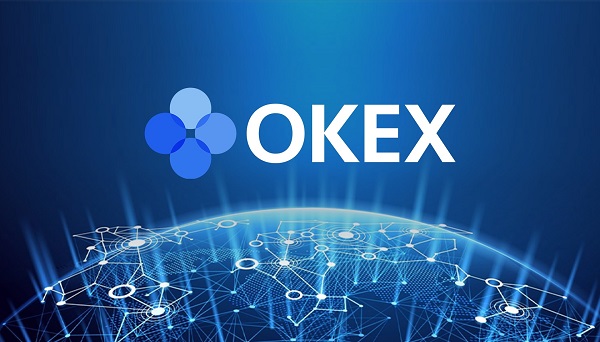Opinion by: Leo Fan, co-founder of Cysic
Running Ethereum today is like trying to play a modern game on a 1980s laptop — the outdated hardware would struggle to load, lag endlessly, and likely crash under the weight of new demands. Designed for a simpler blockchain era, Ethereum’s infrastructure can no longer keep up, processing just 10 to 62 transactions per second, far below the thousands needed for mainstream adoption.
Meanwhile, with sub-second block times and near-zero fees, Solana enjoys growing mainstream popularity, which is evident in surging wallet downloads amid the TRUMP launch. Ethereum remains hindered by high gas fees and congestion, pushing users and developers to faster alternatives.
Without addressing its scaling bottlenecks, Ethereum risks falling behind. While Ethereum’s layer-2 (L2) rollups have alleviated network congestion, they ultimately serve as stopgap measures that provide temporary relief. Software-first approaches are experiencing teething issues in interoperability and scalability, raising questions about Ethereum’s long-term sustainability and relevance.
Many L2s are designed to fit the native network and cannot support real-time applications such as decentralized gaming or cross-border payments. Ethereum needs a fundamental shift if it wants to maintain its leadership in the blockchain space. The solution lies not in incremental software updates but in hardware acceleration.
Aligning Ethereum’s vision with hardware
Vitalik Buterin’s Verge milestone envisions Ethereum achieving complete node verification on consumer-grade devices, a critical step toward the blockchain’s broader goals of accessibility and decentralization. Buterin has emphasized shifting from patchwork solutions to building a well-rounded computational infrastructure to realize this vision. Purpose-built hardware, such as application-specific integrated circuits (ASICs), is key: It enhances transaction processing speeds, reduces latency, and optimizes energy use. It lays the groundwork for sustainable Ethereum scaling, ensuring the network grows without compromising its core principles.
Recent: Is Ethereum bottoming out at last? Analysts weigh in
Ethereum’s Pectra upgrade also does not fully resolve its fundamental scaling challenges, highlighting the urgency for enhanced scalability and stability. The key optimizations introduced — account abstraction and enhanced validator operations — seek to refine Ethereum’s efficiency and user experience but do not significantly increase transaction throughput or reduce network latency.
Ethereum risks falling behind without specialized hardware, weakening its position as a settlement layer for the blockchain community. Investing in hardware-native solutions will allow Ethereum to scale effectively while upholding its commitment to decentralization and supporting a growing user base.
Mainstream adoption and real-world applications
The effect of hardware scaling solutions extends far beyond Ethereum itself. TradFi players are exploring blockchain-based cross-border payments, which demand real-time processing. With scalability issues inherited from the home layer, L2s alone cannot scale effectively to cater to the sheer TradFi demand. Cross-border transactions hit $190.1 trillion in 2023 and are only expected to grow in 2025, indicating one thing: Hardware acceleration is indispensable in incentivizing institutional adoption of blockchain.
Beyond finance, hardware optimization enhances blockchain utility across industries, accelerating mainstream adoption. A noteworthy example is healthcare, where accelerated blockchain infrastructure could improve the security and privacy of patient data. For gaming industries that rely on dynamic interactions, blockchain networks can help deliver real-time responses to user actions.
The AI factor
Blockchain isn’t operating in isolation; it competes with computationally intensive industries, such as AI, the buzzword of 2024. The rise of AI has reshaped industries, but it is also becoming a fierce competitor to blockchain for electricity and equipment. Data centers like Hut 8 and Coin Scientific are prioritizing AI workloads, which can generate up to 25 times more revenue than Bitcoin (BTC) mining. These moves highlight the growing pressure on blockchain networks to optimize resource efficiency or risk being sidelined in the race for computational dominance.
Critics claim that Ethereum is “dying a slow death.” Once the home of decentralized finance (DeFi) innovation, Ethereum’s scalability issues hinder its ability to compete with DeFAI. Ethereum must embrace purpose-built hardware to address its inefficient infrastructure, enable faster transactions, and reduce energy consumption. This way, Ethereum stands a chance to future-proof against AI developments and maintain its competitive edge for mainstream adoption.
The time to invest in hardware is now
Ethereum has relied heavily on L2s to scale, but they remain temporary solutions that fail to meet the network’s fundamental operational demands. Hardware solutions are now non-negotiable for Ethereum to retain its position as a leader in blockchain innovation. From enabling seamless TradFi integrations to supporting real-time interactions in gaming and healthcare, purpose-built hardware resolves the root inefficiencies of Ethereum’s infrastructure. Without decisive investment in hardware acceleration, Ethereum risks stagnating while competitors rise.
Ethereum doesn’t need another short-term patch. It requires a lasting solution. The next wave of blockchain adoption demands an infrastructure that can support it, which means investing in hardware now.
Opinion by: Leo Fan, co-founder of Cysic.
This article is for general information purposes and is not intended to be and should not be taken as legal or investment advice. The views, thoughts, and opinions expressed here are the author’s alone and do not necessarily reflect or represent the views and opinions of Cointelegraph.




